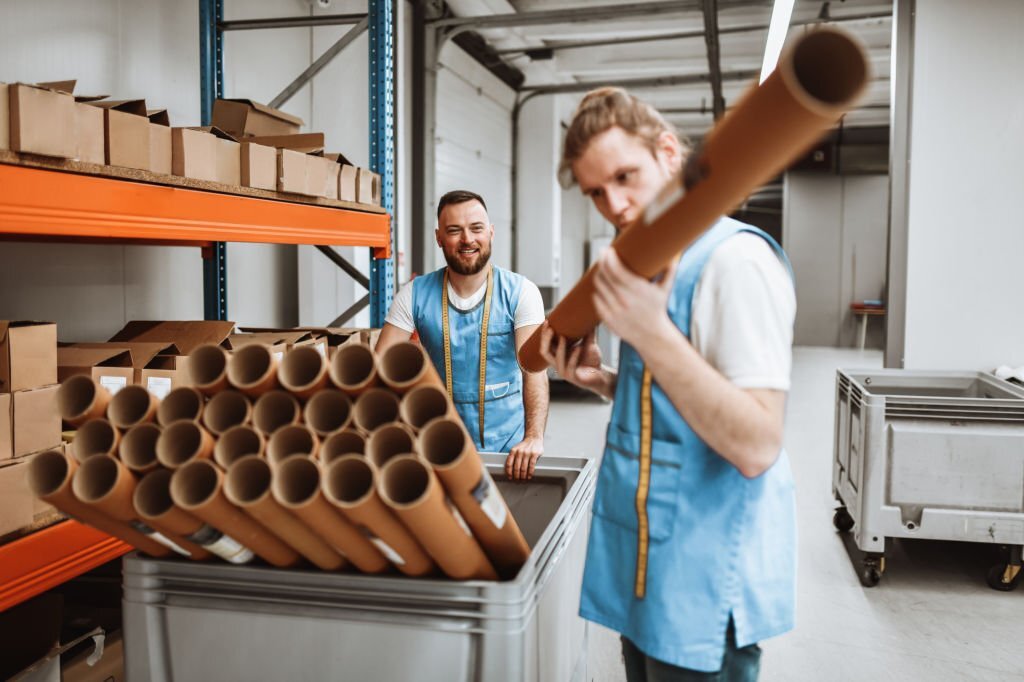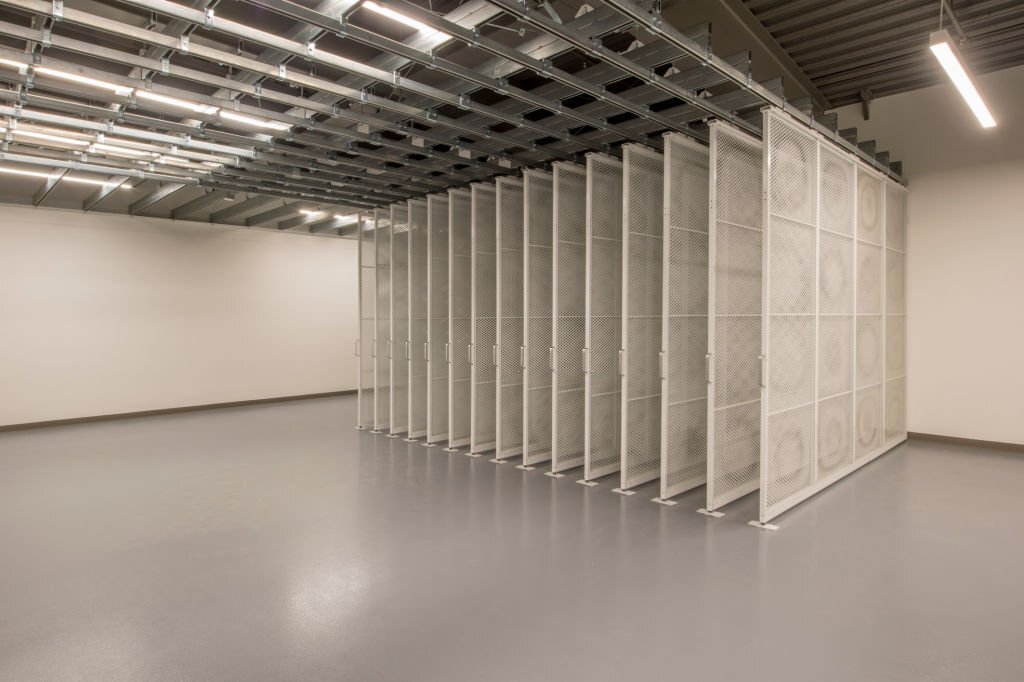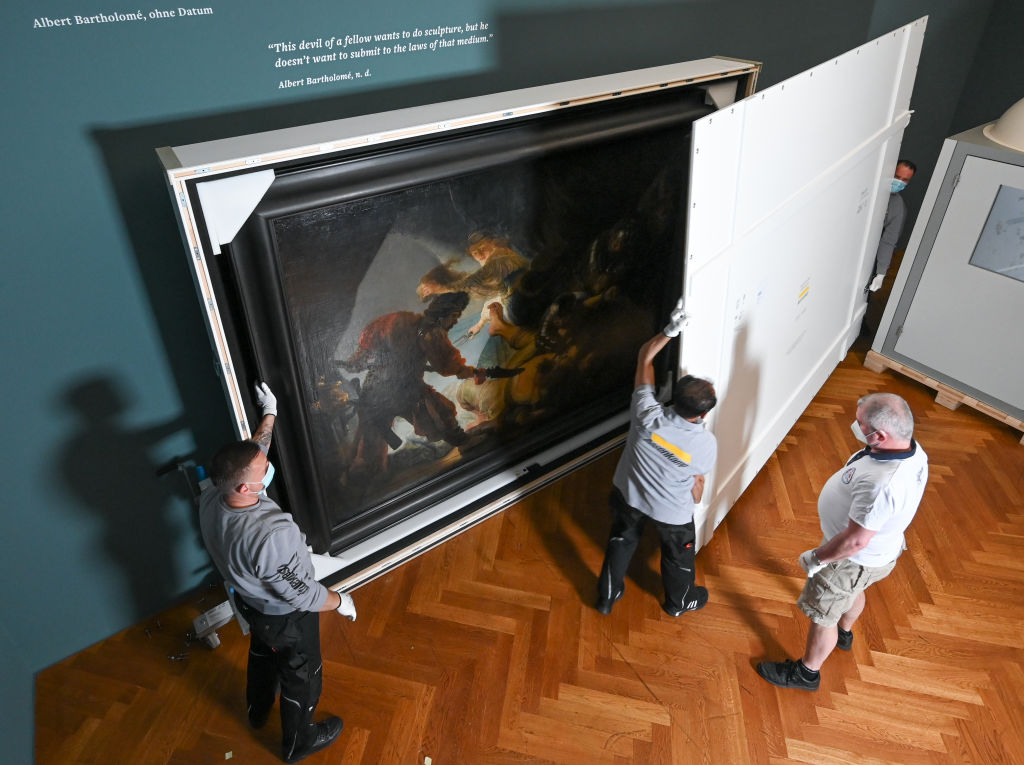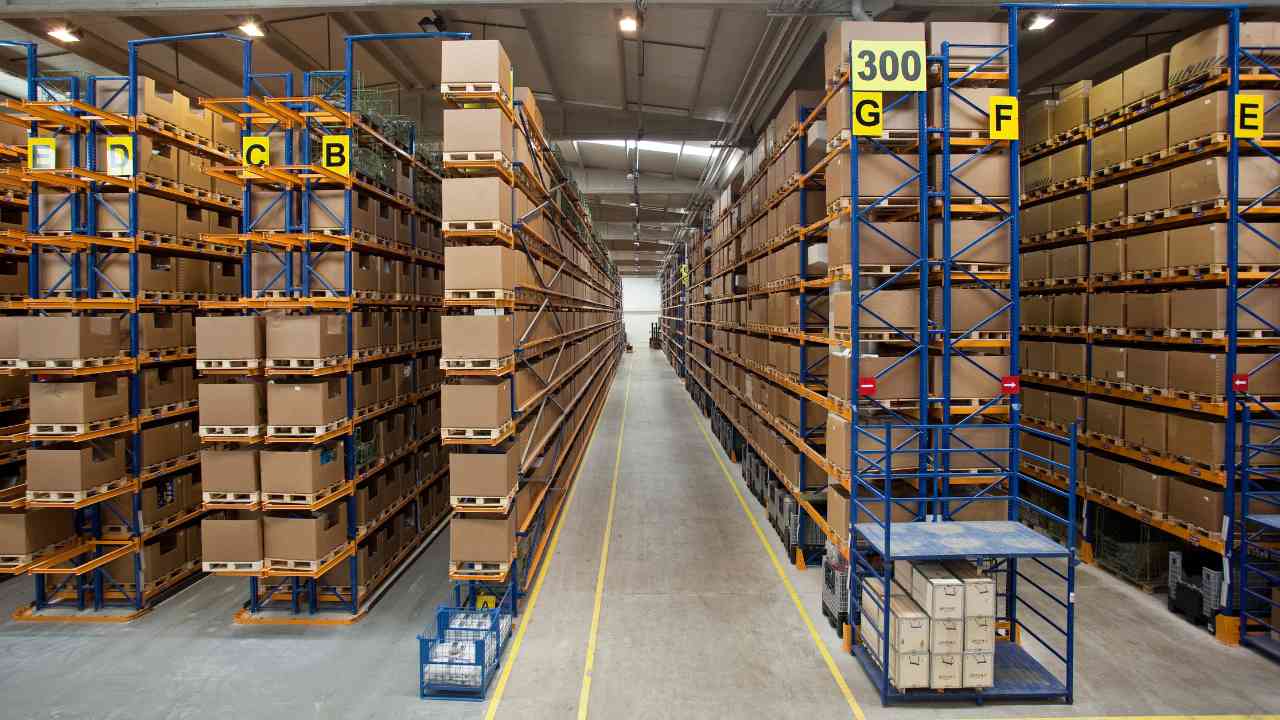Art supplies come in various forms and sizes, and finding the right storage option can be a daunting task. However, with a well-organized storage system, artists can save time, protect their materials, and enhance their creativity. Let’s delve into the world of art supply storage and discover the best storage for art materials.
Importance of Proper Storage for Art Materials
Proper storage is crucial for art materials to ensure their longevity and usability. Exposure to light, heat, moisture, and dust can damage art supplies over time. Additionally, disorganized storage can lead to frustration and inefficiency when searching for specific materials. By investing in suitable storage solutions, artists can protect their investments and create a conducive environment for their creative endeavors.

Factors to Consider in Choosing the Best Storage for Art Materials
- Space: Evaluate the available space in your studio or workspace to determine the size and type of storage solution needed.
- Material Compatibility: Different art supplies have unique storage requirements. Consider the materials you use most frequently and choose storage options that accommodate their specific needs.
- Accessibility: Easy access to materials is essential for a seamless workflow. Opt for storage solutions that allow you to quickly locate and retrieve items.
- Portability: If you frequently work on location or attend art classes, portable storage options like rolling carts or art supply cases can be beneficial.
- Organization: Look for storage solutions that offer compartments, dividers, or labeling options to keep your materials organized and easily identifiable.
- Durability: Art supplies are often delicate and valuable. Choose storage options made from durable materials to protect your materials from damage.
Different Types of Storage for Art Materials
1. Art Supply Cabinets
Art supply cabinets are ideal for storing a large quantity of materials in a single location. They usually come with adjustable shelves and drawers, providing versatility and customization options. Cabinets with transparent doors or panels allow you to see the contents at a glance, making it easier to locate specific items.

2. Art Supply Drawers
Art supply drawers offer a compact and organized solution for storing various materials. They come in different sizes and configurations, allowing you to sort and separate supplies based on your preferences. Drawers with dividers or compartments are particularly useful for smaller items like pens, pencils, and erasers.
3. Art Storage Boxes
Art storage boxes are portable and versatile storage solutions. They come in various sizes and are designed to protect and transport art supplies safely. Some boxes feature compartments or trays for better organization, while others provide adjustable dividers to accommodate different-sized materials.
4. Shelving Systems
Shelving systems are an excellent choice for artists with limited floor space. They allow you to maximize vertical storage and keep your materials easily accessible. Opt for adjustable shelves to accommodate items of different heights. Additionally, consider using clear bins or containers to keep smaller supplies organized.
5. Wall-Mounted Organizers

Wall-mounted organizers are perfect for small spaces or for artists who prefer to have their materials within arm’s reach. These organizers typically feature compartments, hooks, and shelves to store brushes, paint tubes, and other art supplies. They are both functional and aesthetically pleasing, turning your materials into decorative elements.
6. Rolling Carts and Trolleys
Rolling carts or trolleys provide mobility and flexibility. They allow you to transport your art supplies easily and keep them organized during art classes or workshops. Look for carts with multiple tiers or shelves, as they offer ample storage space for different materials.
7. Specialty Storage Solutions
Certain art materials have specific storage requirements. For example, paints need to be stored in airtight containers to prevent drying out, while brushes may benefit from upright storage to maintain their shape. Investigate specialized storage options designed for specific art supplies to ensure their longevity and usability.
Tips for Organizing Art Materials
- Categorize your materials based on their type, frequency of use, or theme.
- Label your storage containers to easily identify the contents.
- Use clear, transparent containers whenever possible to see the supplies without opening them.
- Group similar items together to create a more efficient workflow.
- Regularly declutter and reorganize your storage to keep it tidy and functional.
Maintaining the Quality and Longevity of Art Supplies

To ensure the longevity of your art supplies, follow these tips:
- Store paints and other liquids in a cool, dry place to prevent spoilage.
- Keep brushes clean and store them with bristles facing upward to maintain their shape.
- Avoid exposing materials to direct sunlight or extreme temperatures.
- Use acid-free and archival-quality storage solutions for papers and canvases to prevent yellowing or deterioration.
- Regularly inspect and replace damaged or worn-out storage containers.
Conclusion
Proper storage is essential for artists to protect their art materials and maintain their creative workflow. By considering factors such as space, material compatibility, accessibility, and organization, artists can choose the best storage options for their needs. Remember to maintain the quality of your art supplies and regularly organize your storage to create a conducive environment for your artistic pursuits.



